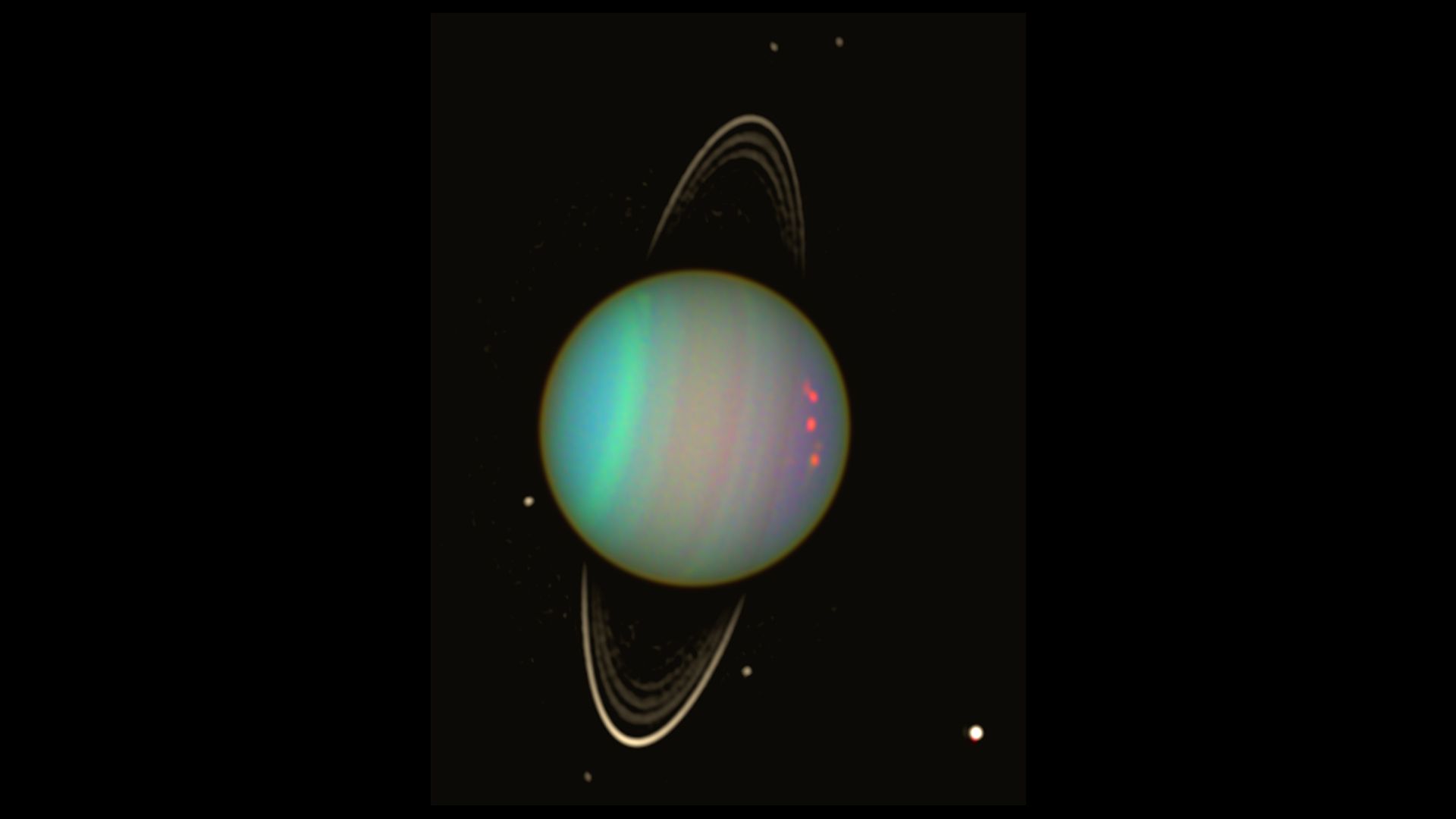Uranus is an odd planet with a funny name. Scientists have found that it spins on an unusual axis, which means that its magnetic field is like a door that opens and closes.

In short, every 17 hours, Uranus leaks gas.
Uranus spins on its side at an angle of almost 98 degrees from its orbital plane. This is different from most planets, which spin in a direction that is close to their orbital plane. The planet’s magnetic field is also different from what you would expect. It is 59 degrees off of the planet’s axis of rotation. The magnetosphere of Uranus is very strange because of all of these things.

Because the planet has an odd magnetosphere, solar winds can pass through when they come in at the right angle. Scientists think that an angle like this would happen every 17 hours. Gas moving around the planet could also cause an aurora, which is an interesting idea.
After Xin Cao and Carol Paty from the Georgia Institute of Technology modeled Uranus’s magnetosphere, they found this flow of gas. The results of the model also matched what NASA’s Voyager 2 had already found.
In 1986, the Voyager 2 looked at Uranus for five days. This gave us more information about this strange planet, and Paty said:
We caught a glimpse of a mystery when we flew by. We went inside Uranus’s magnetic field and suddenly it didn’t look like Earth or Jupiter or Saturn at all.
Later, they said that it meant that the model had similar results to what Voyager 2 had found. But if we want to learn more about the magnetosphere, we might need to send another mission.
Source: news.sci-nature.com





